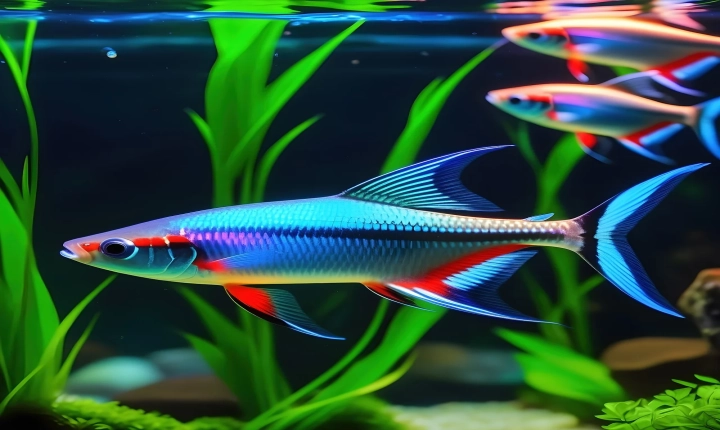Title: How to Train an AI Art Model: A Step-by-Step Guide
In recent years, artificial intelligence (AI) has made significant advancements in the field of art, enabling the creation of stunning and innovative visual artworks. One of the most fascinating applications of AI in art is the training of AI art models, which can generate unique and compelling images, paintings, and even sculptures. If you are intrigued by the idea of training your own AI art model, this step-by-step guide will help you get started on this exciting journey.
Step 1: Understand the Basics of AI Art Models
Before diving into the training process, it’s essential to have a basic understanding of how AI art models work. These models are typically based on deep learning algorithms, such as convolutional neural networks (CNNs) or generative adversarial networks (GANs), which are trained on large datasets of visual artworks. Through this training process, the AI model learns to recognize patterns, styles, and visual elements, allowing it to generate original art pieces based on the knowledge it acquires.
Step 2: Choose a Training Dataset
The quality and diversity of the training dataset are crucial factors in determining the performance of an AI art model. You can curate your training dataset from various sources, including public art collections, online repositories, and personal artwork collections. It’s important to ensure that the dataset covers a wide range of artistic styles, genres, and techniques to provide the model with a comprehensive understanding of art.
Step 3: Preprocess and Augment the Training Data
Once you have assembled your training dataset, it’s essential to preprocess and augment the data to enhance the model’s training process. Preprocessing involves tasks such as resizing, cropping, and normalizing the images to ensure consistency and quality. Augmentation techniques, such as rotation, flipping, and color adjustments, can also be applied to increase the diversity of the training data and improve the model’s robustness.
Step 4: Choose a Suitable AI Framework
Selecting an appropriate AI framework is crucial for training an AI art model. Popular frameworks such as TensorFlow, PyTorch, and Keras provide the necessary tools and libraries for implementing deep learning algorithms and training neural networks effectively. Depending on your familiarity and expertise with these frameworks, choose the one that best suits your needs and preferences.
Step 5: Design and Train the AI Art Model
With the dataset, preprocessing, and framework in place, it’s time to design and train the AI art model. This involves defining the architecture of the neural network, selecting suitable hyperparameters, and initiating the training process. It’s important to monitor the model’s performance, adjust the parameters as needed, and evaluate the results to ensure that the model is learning effectively and generating high-quality art.
Step 6: Fine-Tune and Refine the Model
Training an AI art model is an iterative process, and it often requires fine-tuning and refinement to achieve the desired level of performance. Experiment with different architectural designs, optimization techniques, and training strategies to enhance the model’s ability to generate diverse and aesthetically pleasing art pieces. Additionally, incorporating feedback from artists and art enthusiasts can provide valuable insights for refining the model’s output.
Step 7: Evaluate and Deploy the Trained Model
Once the AI art model has been adequately trained and refined, it’s essential to evaluate its performance through various metrics and qualitative assessments. Assess the model’s ability to capture artistic styles, generate original compositions, and produce coherent visual representations. Once you are satisfied with the model’s performance, you can deploy it to create new artworks or integrate it into interactive art installations and platforms.
In conclusion, training an AI art model is a fascinating and rewarding endeavor that combines the realms of art and technology. By following the step-by-step guide outlined above, you can embark on a journey to train your own AI art model and explore the endless possibilities of AI-generated art. As AI continues to push the boundaries of creativity and expression, the fusion of art and technology opens up new avenues for artistic innovation and exploration.
